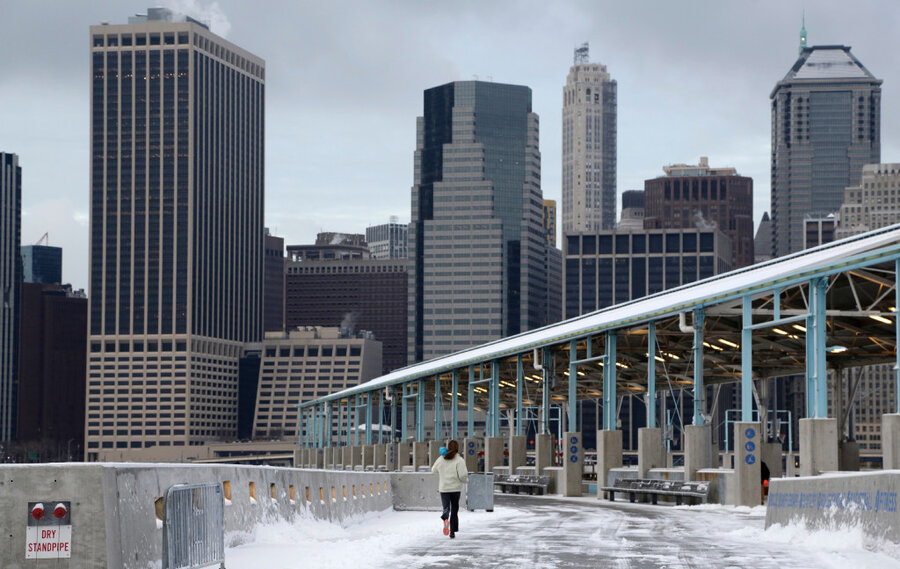How data helps cities withstand shock
Loading...
Cities are getting smarter, embedded with more Internet-connected devices that are generating data in unbelievable volumes.
Yet increasing connectivity also means increasing complexity — and sometimes, that means higher vulnerability. Deeper connectivity means the failure of one system (the electric grid) can cascade into the failure of another (banking or water or mass transit).
Having more data about those kinds of interactions is both a good and bad thing: we’ve never been able to observe the complex inner workings of society as closely but the waterfall of information is more than we can analyze, leaving us unable to see potential dangers of our newfound connectivity.
“We’re in the era of sensors right now,” says Dr. Shade Shutters, a research scientist with Arizona State University’s Global Security Initiative. “But, the [incoming flow of] data is outpacing the development of theory to make sense of the data … The new problem is how you sift through it all.”
Dr. Shutters’ research is focused around the “wicked problems” of resilience and sustainability as they apply to social and urban development.
Ask anyone who studies resilience what it means and you’ll get a different definition just about every time. Many different academic disciplines and theoretical viewpoints use different definitions for the word, but Shutters says that at a fundamental level, resilience is “something that implies the long-term sustainability of a particular state of a system.”
The challenge with designing cities with long-term sustainability in mind? They’ve become so complex that every push or pull on the system results in new and surprising outcomes. Making one part of a city more resistant to threats can potentially mean weakening another part. Improving your highway system means more lanes for traffic, which can mean less space for buildings and residences, and therefore more suburban homes being built, which can mean more urban sprawl that affects the local ecosystem.
“You can’t describe mathematically what will happen if you push button A,” says Shutters. At the same time, “there aren’t a couple of levers you can pull to change the system.”
Shutters likens the cities of today to the businesses of the mid-1990s, when business intelligence and analysis first became possible thanks to the Internet. At that time, firms were inundated with data and could hardly make heads or tails of it.
But over the past twenty years, businesses have developed models to help make sense of all that data. Today, the business intelligence theoretical frameworks developed from those years of trial and error make up a crucial part of every MBA program.
Shutters says he expects that in the next few years a “municipal intelligence or metropolitan intelligence” field will develop as a public-side analog to business intelligence.
These positions don’t currently exist, but Shutters hypothesizes that it’s because the data modeling isn’t advanced enough to prove the benefit of such investment.
“Managing the happiness of your fellow citizens isn’t as straightforward as managing a set of assets to generate profit,” Shutters says. “And so in cities, more and better data may not as easily equate to better decisions.”
However, a number of universities have started offering advanced degrees in “Urban Informatics,” including Northeastern University and New York University’s Center for Urban Science and Progress (CUSP), which Shutters thinks is a positive step forward.
Topics covered in these degrees include urban informatics and technologies, geographic information systems labs, and focuses on urban modeling and simulation. The new cohort of experts graduating from these programs will will work in a field that ranges from urban design to civil engineering and from applied mathematics to statistics and public policy.
People in those positions will be inundated with data (much like their business counterparts 20 years ago), this time from the complex ecosystems of business, politics, land management, urban planning, water distribution and the hundreds of other systems that make up a city. But, Shutters says he hopes his work will help prepare them to filter the signals from the noise and make their cities more efficient and more resilient.







